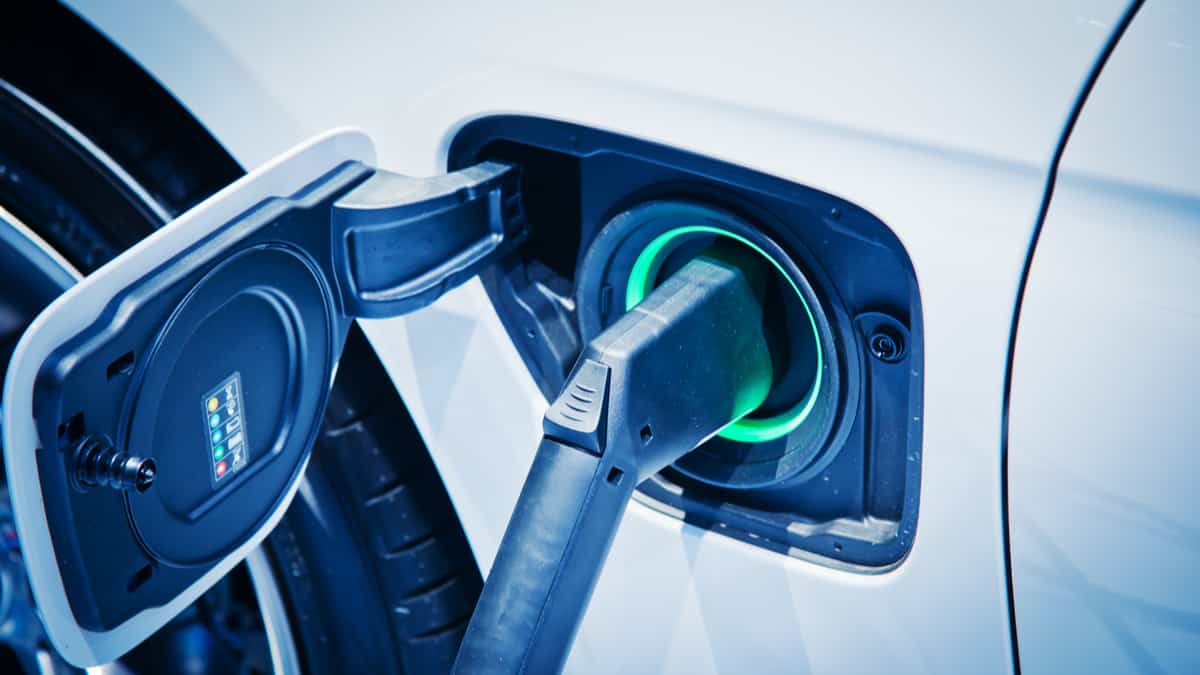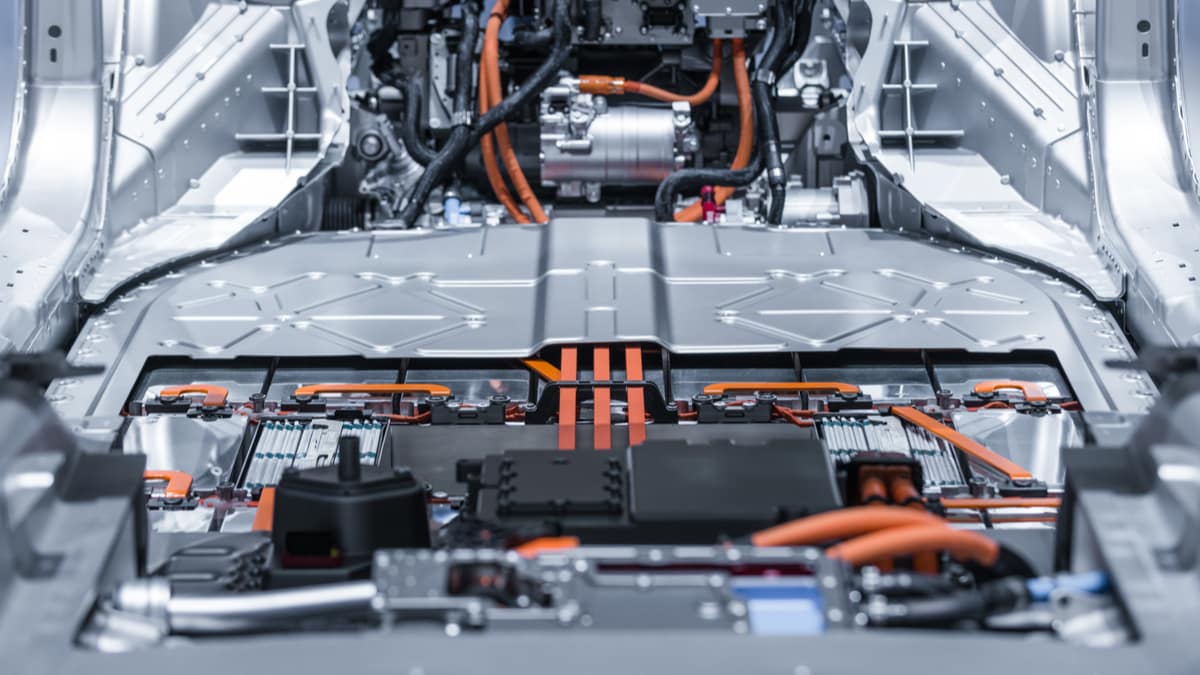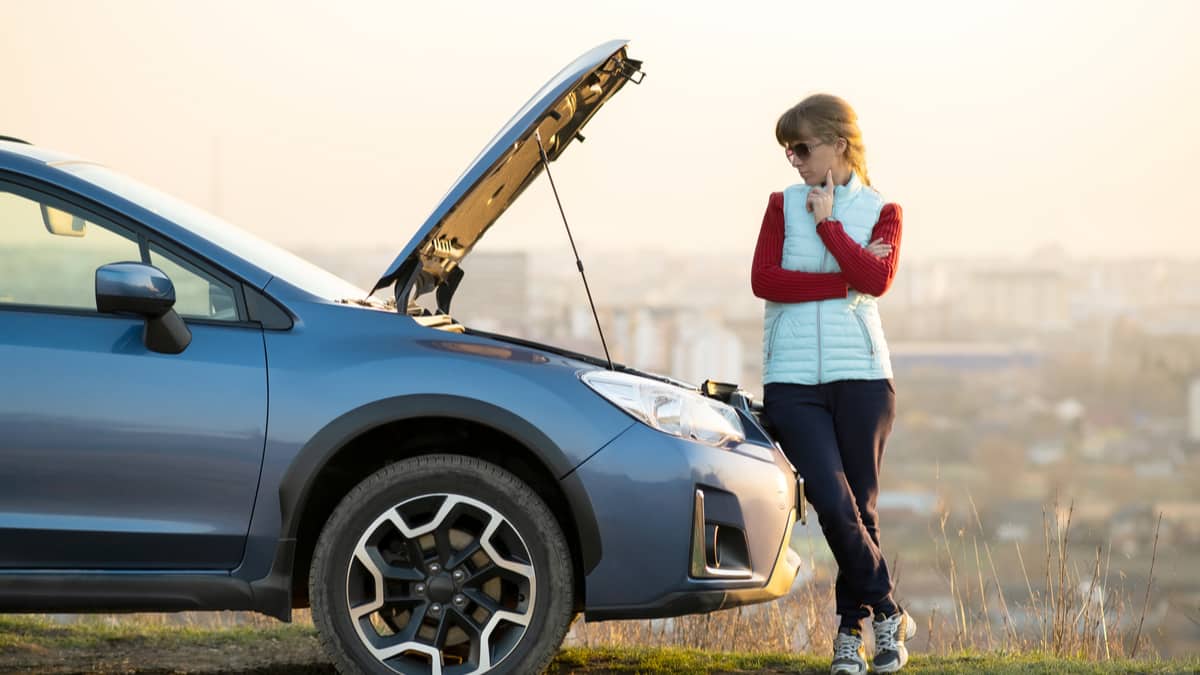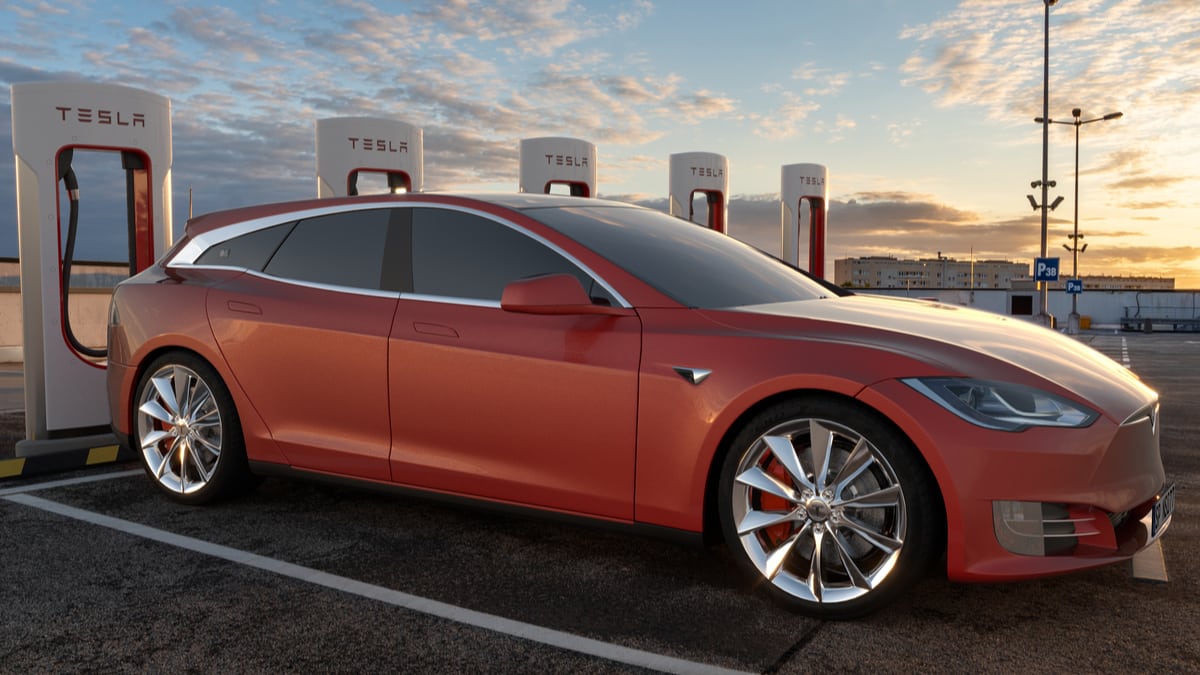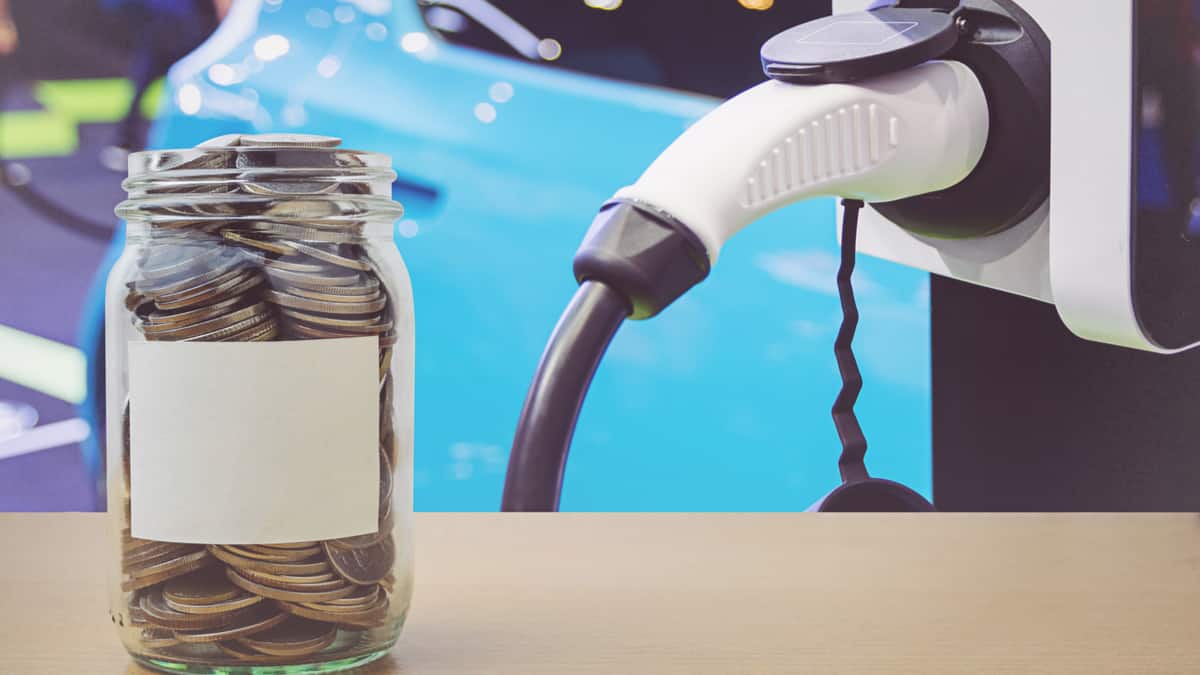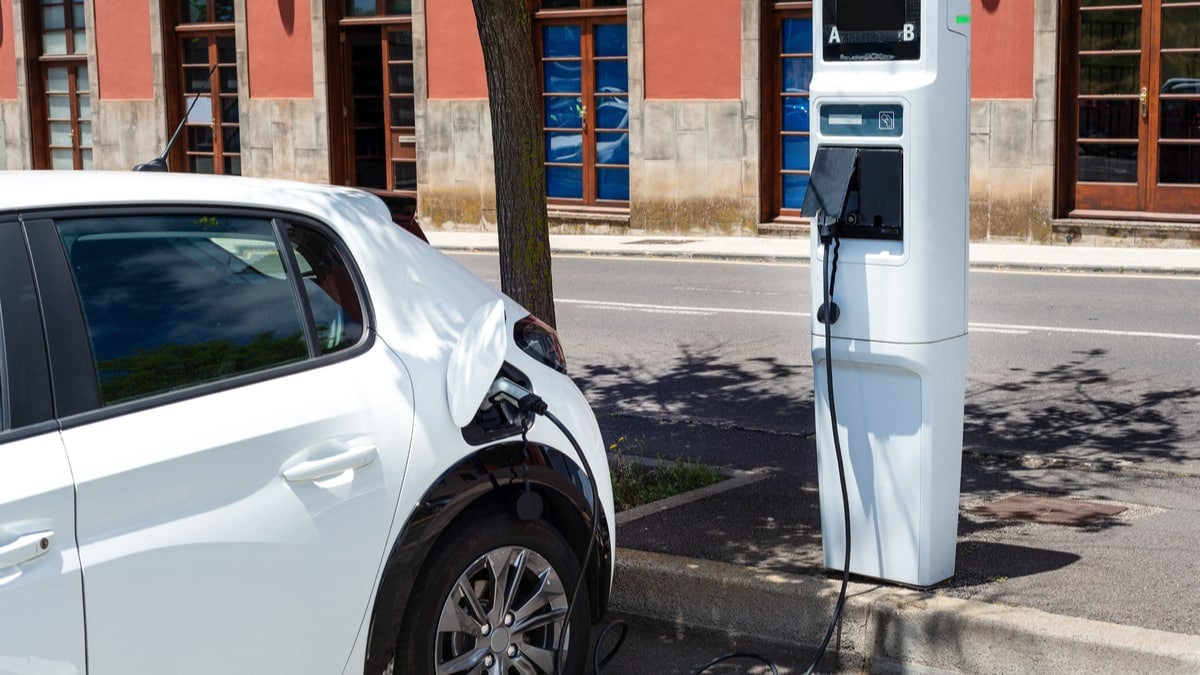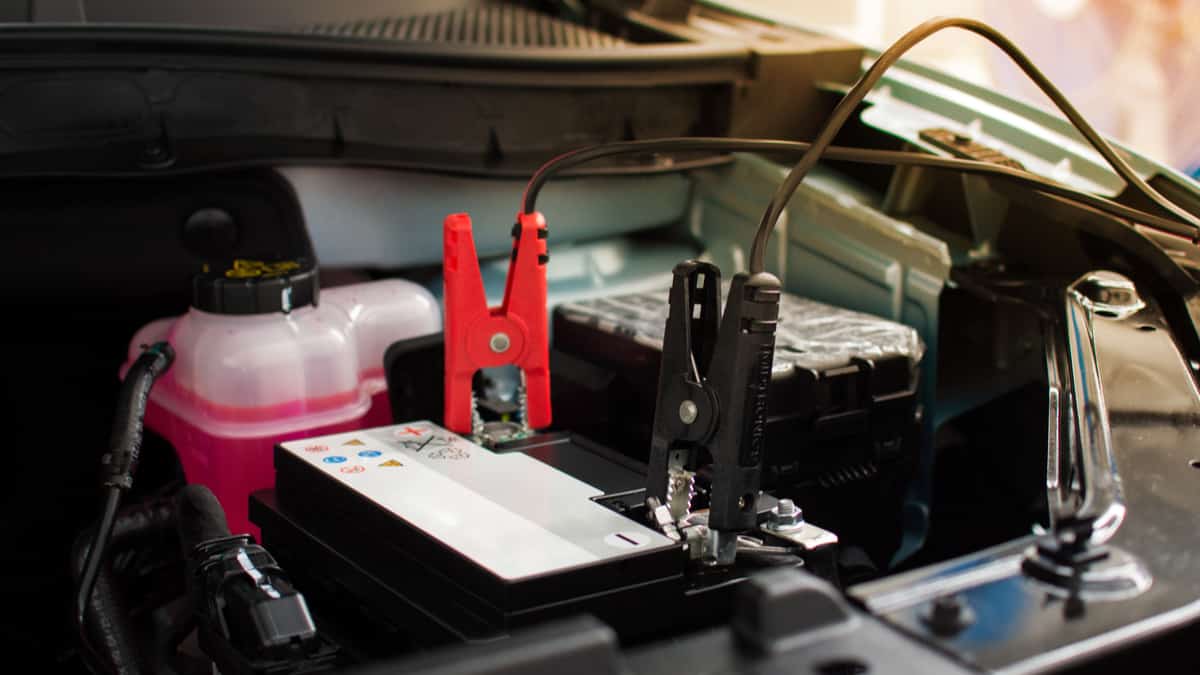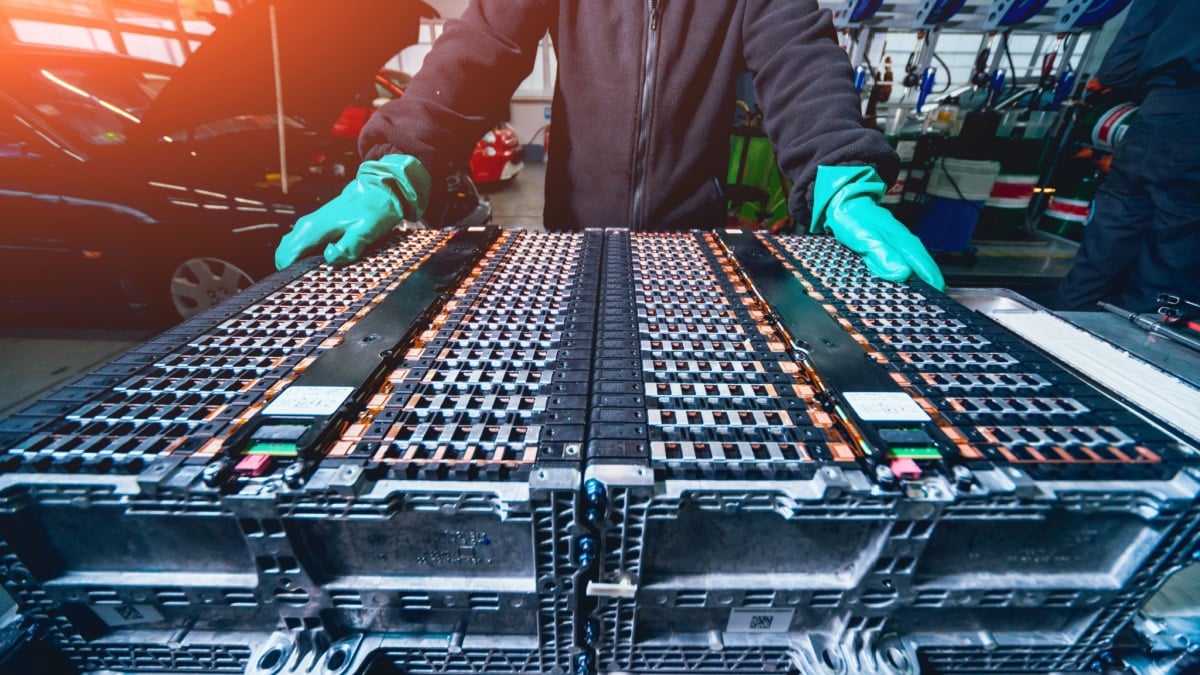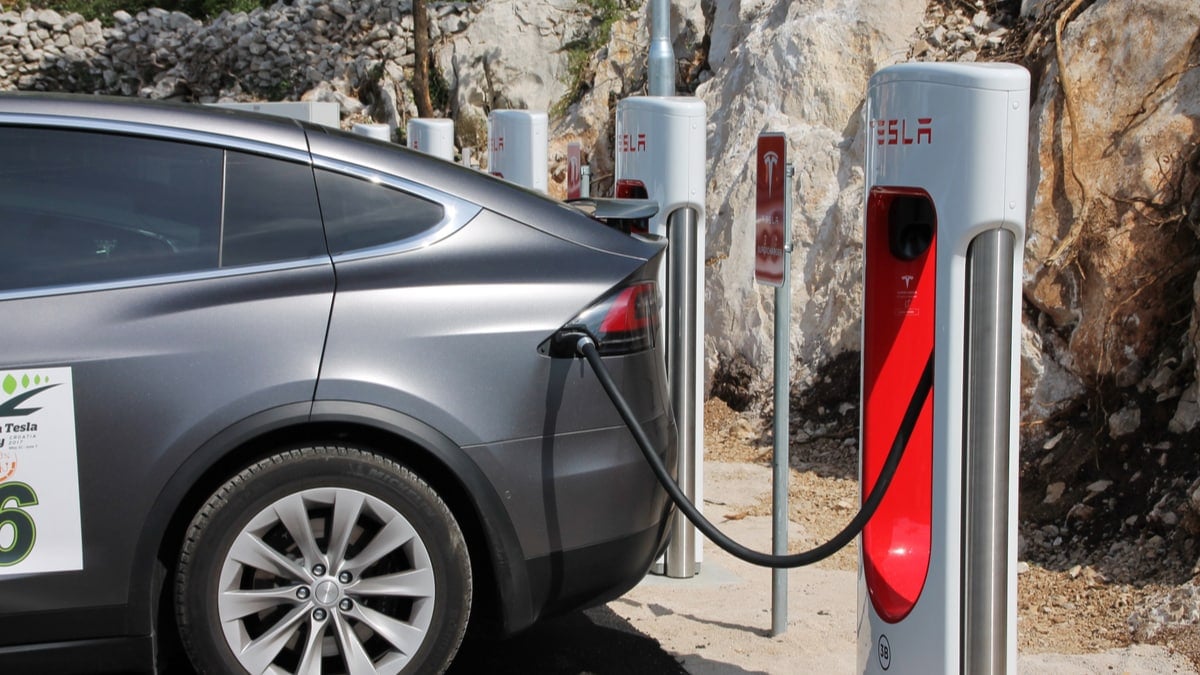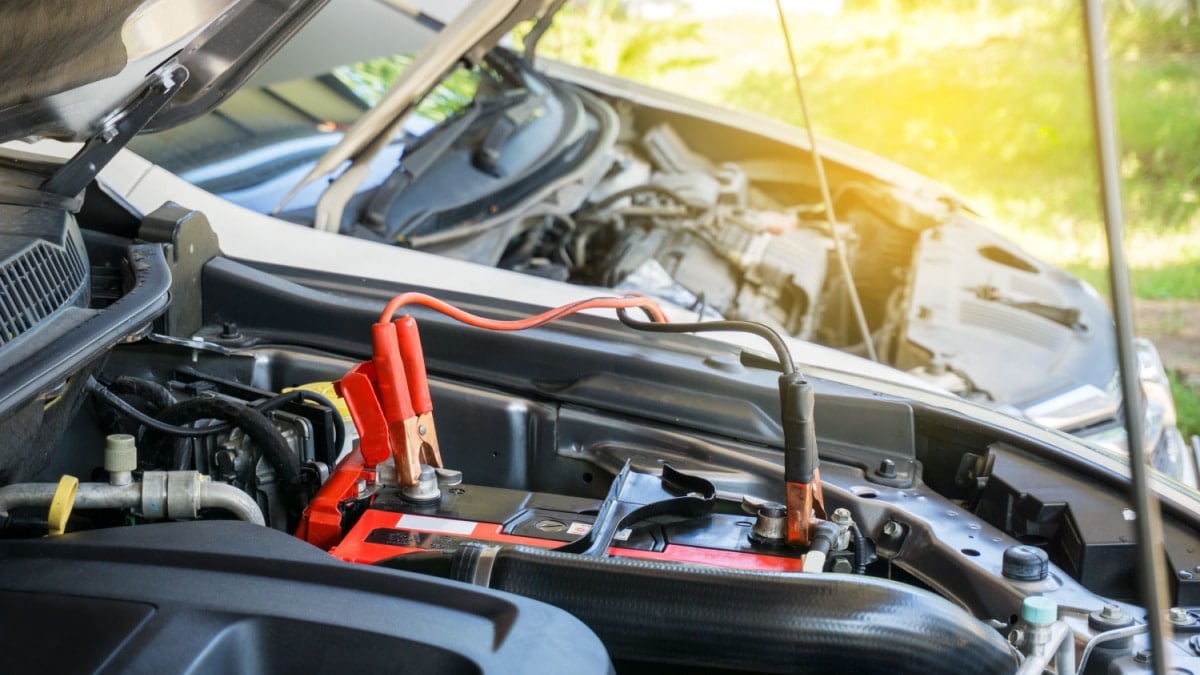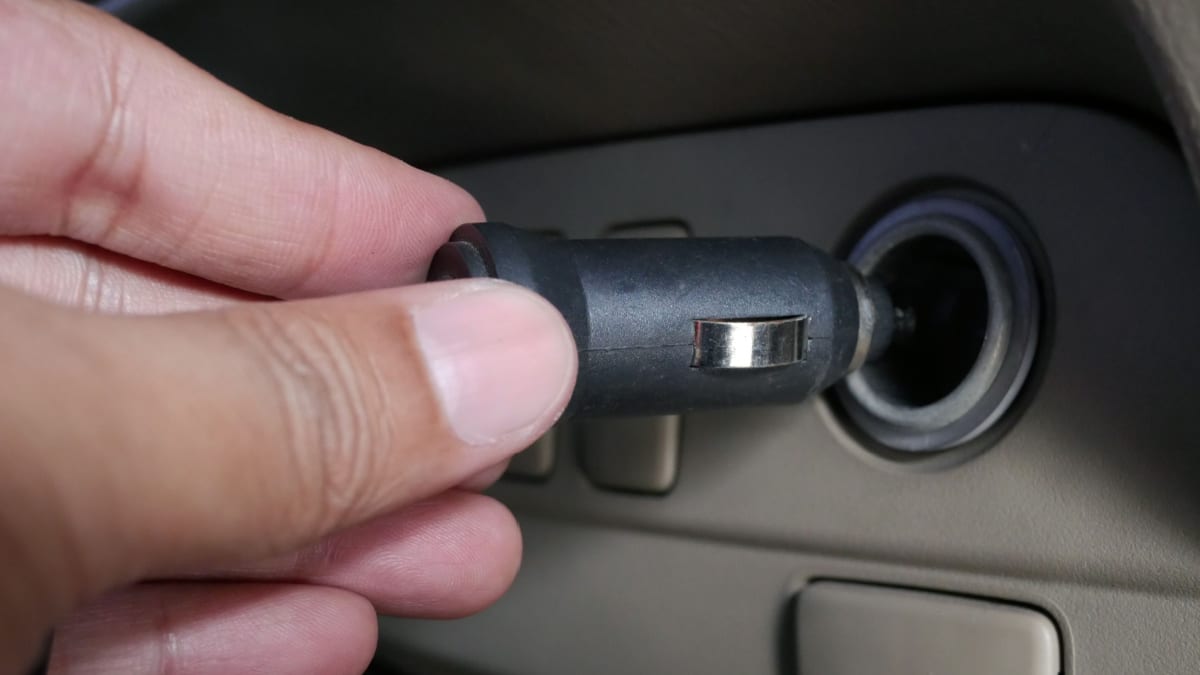You know you are going to save money on an electric car because you don’t need to buy gasoline or diesel. However, you must factor in the cost of the electricity before you make up your mind. How much does it cost to charge an electric car?
In this guide, we evaluate the price of charging your EV, whether you are using fast chargers or your home equipment. We will also compare these costs to your typical fuel bill to run a vehicle. At the end of the guide, we give you some money-saving tips.
How Much Does it Cost to Charge an Electric Car?
You can expect to pay between $5 and $20 to fully charge an electric car, depending on the car model and the electricity cost. Depending on the charging method, you could spend nothing or up to $0.30 per minute.
Some companies provide free charging to visit the location, while you can spend the maximum amount by visiting some of the fastest chargers in the busiest cities throughout the nation.
By examining this, you see how difficult it is to estimate the average cost because each driver chooses something different. However, we can look at each of the methods to illustrate approximate costs per method.
Ways to Charge an Electric Car & Associated Costs
1. Free
Is there anywhere you can fill up a fuel tank for free? It’s unlikely, but the same can’t be said for charging an electric car. Many businesses are trying to bring in customers by offering free electric vehicle charging.
You might even work at an establishment that provides free EV charging to encourage switching from the gas-powered vehicle. The only downside to using a free station is that the charging rates are normally slow. Still, free is free.
2. Home (Off-Peak Hours)
If you have an electric car, you should have had a charger installed for when you are at home. These are slower chargers normally and the cost will depend on what your electricity rate is. If you have off-peak and peak hours, the cheapest time to charge would be during those off-peak hours. Usually, these rates can be found during the middle of the night, so you may want to charge overnight.
This is where the majority of the charging occurs, so it’s important to look at electricity rates. You also have to look at what state you are in. For example, the electricity rate might be 27¢ per kWh in Connecticut, while it’s only 9¢ per kWh in Idaho. These ranges make a big difference in what you can expect to spend.
3. Home (Peak Hours)
If you charge at home, you want to check your plans. Many plans will offer peak vs. non-peak hours. The peak hours are the times when more electricity is being used, so companies want to discourage more use during this time with valuable incentives.
You could pay several cents more per kilowatt-hour, which will add up when charging an electric car. If you can avoid these times, you will spend less money, but either way, you’ll likely pay less than you would while using a public charger.
4. Level 2 Public Charging
The Level 2 public charger provides 240 volts of power. It can charge your EV faster than the standard household connector will.
You have two options when using public Level 2 chargers. You can either pay per kWh as you go. Otherwise, you would pay a monthly fee, which may provide lower rates, depending on how often it is used. Make sure you analyze the available options to figure out which saves you the most.
5. Fast Charger/Supercharger
You use a fast charger when you are on the road and need to recoup driving range as fast as possible. However, this method is going to come at a cost. Through a high-speed charger, you can expect to see 50 kWh to 250 kWh of charging power, which isn’t accepted by all vehicles. For this reason, you could be paying for a service that doesn’t benefit your car, so pay close attention to what you are doing.
Let’s assume that you are driving in Chicago or another busy city. You might spend nearly $0.30 per minute. In this situation, a 25-minute charging session might add fifty miles of driving range, but it would cost you $7.50 for this session. On the other hand, if you are in a suburban area, away from a major city, you may spend $0.15 per minute, which would be half of the price.
EV Charging vs. Gasoline Costs
It’s almost always cheaper to charge an electric car versus filling up the tank of a gas- or diesel-powered vehicle. Even when gas was a reasonable price, it still costs less to charge the EV.
However, as gas prices continue to rise around the country, the electric car only continues to be a better financial choice. While you can save money on filling (charging) up, you also pay less for maintenance with an EV because it doesn’t need the standard oil change or spark plug replacement.
RELATED: How Long Does it Take to Charge an Electric Car?
How to Save Money Charging an EV
1. Maintain Ideal Conditions
It costs a lot of money to replace EV batteries, which is just one more reason you want to ensure it’s well taken care of. You can prolong the battery life and ensure a proper charge by maintaining the right conditions.
For starters, you don’t want the battery to get too warm. It’s important to keep the vehicle parked in a garage or at least in the shade when it’s hot outside. You also want to keep the battery charged between thirty and eighty percent most of the time. It’s important that the battery is never fully drained, while it’s not always good to have it fully charged either.
2. Use Smart Charging Apps
Modern apps show how to manage charging for the most efficiency. If you want to get the most out of your charging station, these apps can control it all.
Plus, many apps will show you where the local charging stations are. You won’t have to drive around to find one and you should be able to figure out the pricing ahead of time.
3. Take Advantage of Low-Cost Options
There are several ways to save money if you are charging. To start, you should take advantage of free charging whenever possible, no matter how slow it is. If you can convince your employer to install charging stations, you can plug in every day while you are at work.
Otherwise, you want to strategically plan to charge while you are home. Look through your plan to figure out when the best hours are and utilize these to the fullest.
If you have to charge in public, be cautious about how you are doing this. You could sign up for a monthly plan with some chargers if you are going to use it regularly. You want to hunt down the lowest-cost options around you for the level of charge you are searching for. It doesn’t make sense to pay for a DC Fast Charger if your car can’t handle this level of voltage.
READ MORE: The Hidden Costs of Owning an Electric Car
Categories: Electric Vehicles
